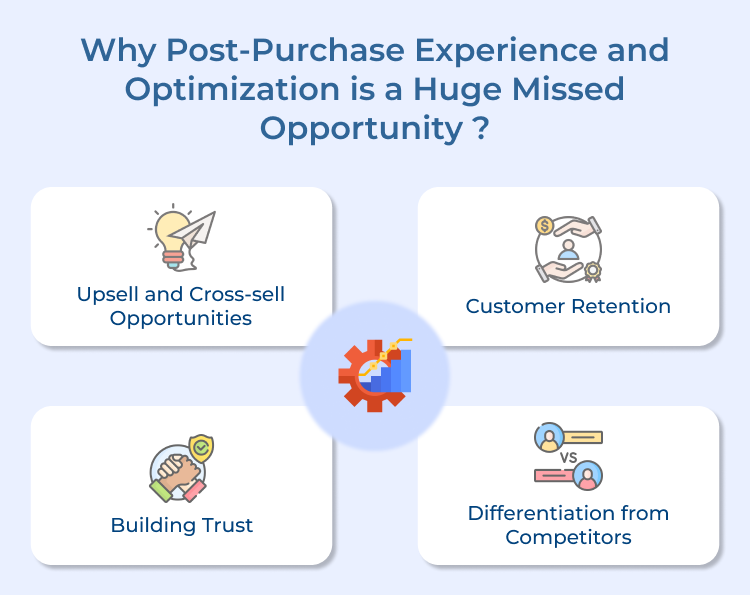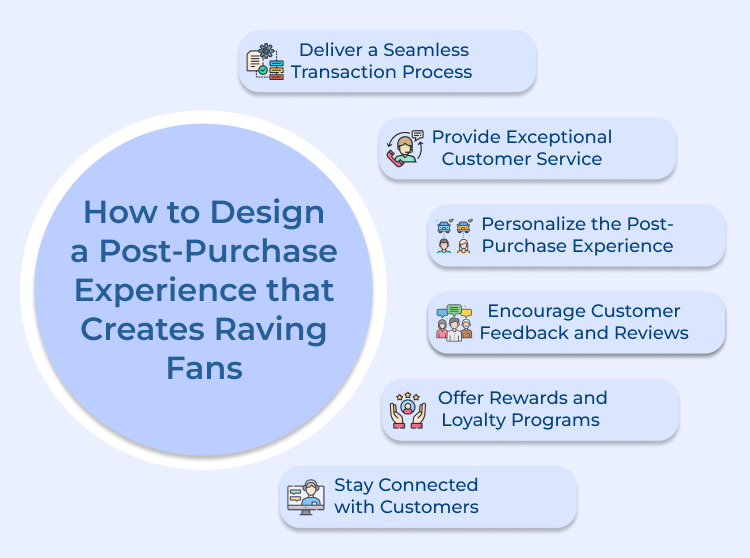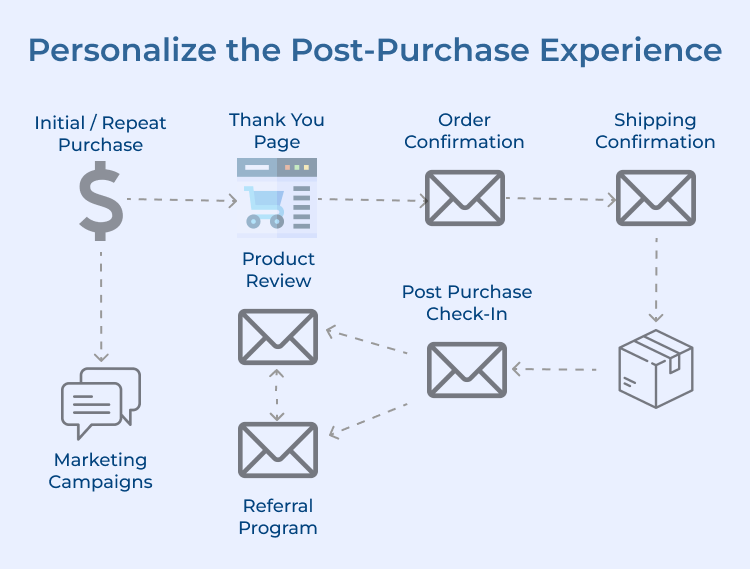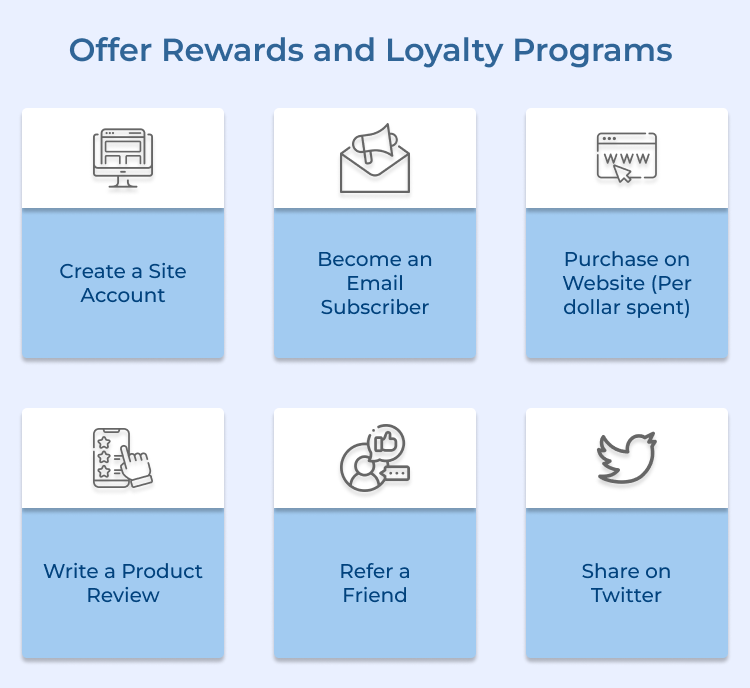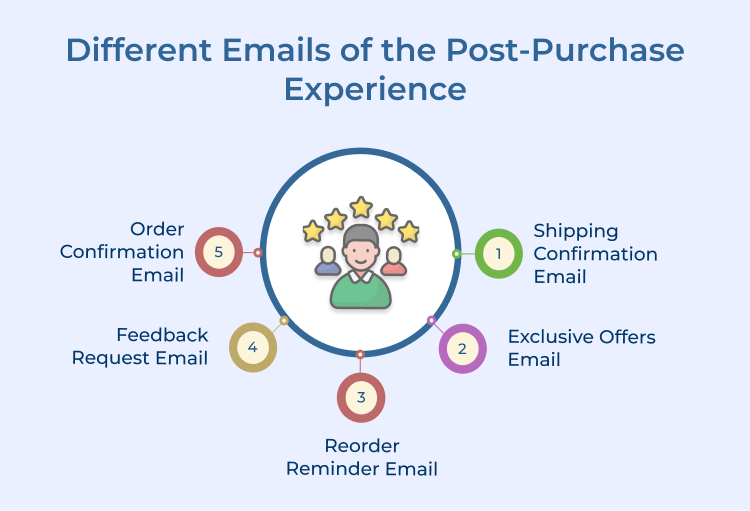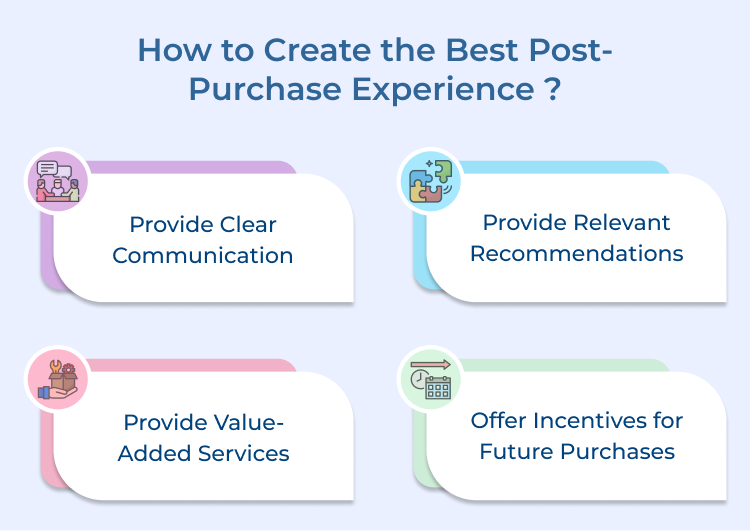1. Customer Satisfaction Scores
One of the most common ways to measure customer satisfaction is through customer satisfaction scores (CSAT). By sending out surveys or utilizing tools like Net Promoter Score (NPS), you gather feedback from customers about their experience with your business. Analyzing these scores help you identify patterns and trends in customer satisfaction as well as make improvements to enhance the overall post-purchase experience.
2. Repeat Purchase Rate
The repeat purchase rate measures the percentage of customers who make a second purchase from your business. Through this metric you determine if customers are satisfied with their initial purchase and are likely to return for future purchases. Increasing the repeat purchase rate can be achieved through strategies such as personalized customer communication, loyalty programs and providing exceptional customer service.
3. Customer Retention Rate
Customer retention rate measures the percentage of customers who continue to do business with your company over a period of time. Focusing on retaining existing customers lets you build long-term relationships and increase customer lifetime value. Improve the customer retention rate through strategies such as offering exclusive discounts to loyal customers, providing personalized recommendations and implementing a customer loyalty program.
4. Customer Effort Score (CES)
The Customer Effort Score measures the level of effort customers have to exert to complete a purchase or resolve an issue. Ensure that the customers have access to easy-to-navigate websites, quick response times to inquiries, and efficient order fulfillment. This way, you reduce customer effort and improve their experience. Monitoring your CES helps you identify pain points in the customer journey and make improvements to streamline the process.
Great Examples of Post-Purchase Experience to Increase Customer Loyalty
Many companies have implemented post-purchase strategies that go above and beyond to ensure customer satisfaction.
Patagonia
The outdoor clothing company is committed to sustainability along with social responsibility and they extend this ethos to their post-purchase experience. Patagonia offers a repair service for their products, encouraging customers to repair items rather than replace them. They also have a “worn wear” program where customers can sell or trade in their used Patagonia gear, promoting a circular economy and reducing waste.
Lush Cosmetic
Lush is known for their handmade, cruelty-free beauty products. One of the reasons customers keep coming back to Lush is their generous return policy. They allow customers to bring back empty containers and receive a free face mask in return. It not only encourages customers to recycle their packaging but also incentivizes them to return to the store.
Apple
Apple is known for its seamless post-purchase support and customer service. They offer a one-year warranty on their products, as well as the option to purchase AppleCare for extended coverage. Apple also provides free workshops and technical support at their retail stores, ensuring customers feel supported long after their initial purchase.
Making Every Customer Feel Valued with Post Purchase Experience
In conclusion, making every customer feel valued with a post-purchase experience is essential for building customer loyalty and driving repeat business. By offering personalized thank you messages, follow-up emails and special offers, you show your customers that their satisfaction is your top priority.
Listening to feedback and addressing any issues promptly will also help to create a positive customer experience. Remember, happy customers recommend your brand to others and become long-term advocates for your business. So, invest time and effort into creating a memorable post-purchase experience to keep customers coming back for more.

